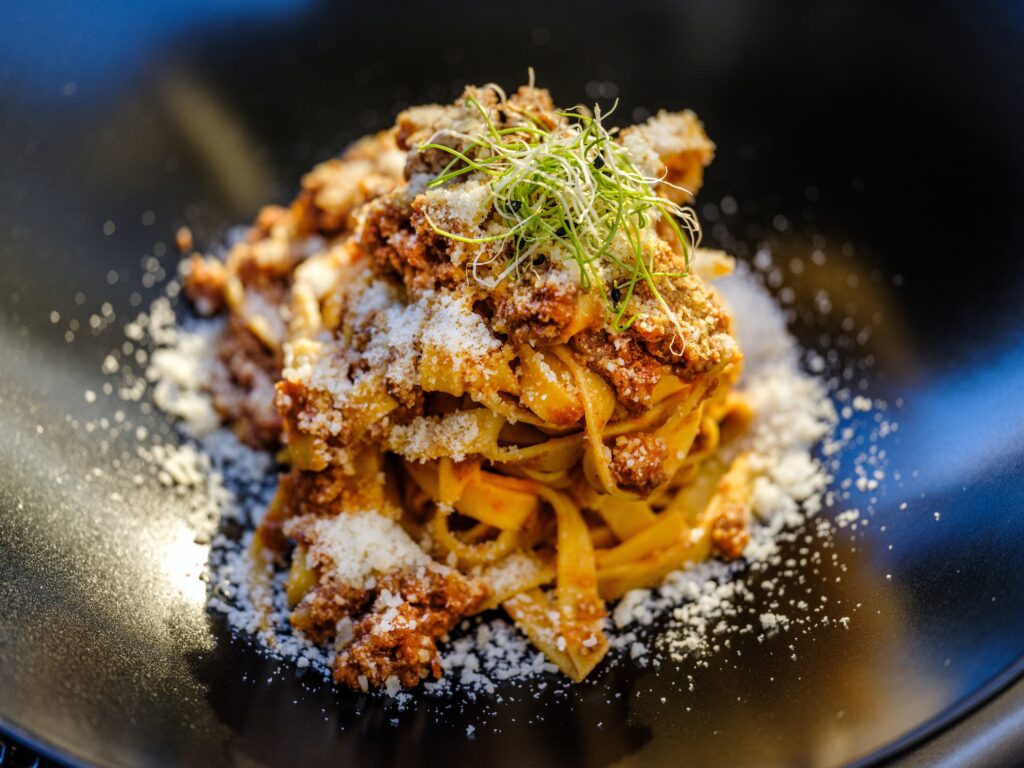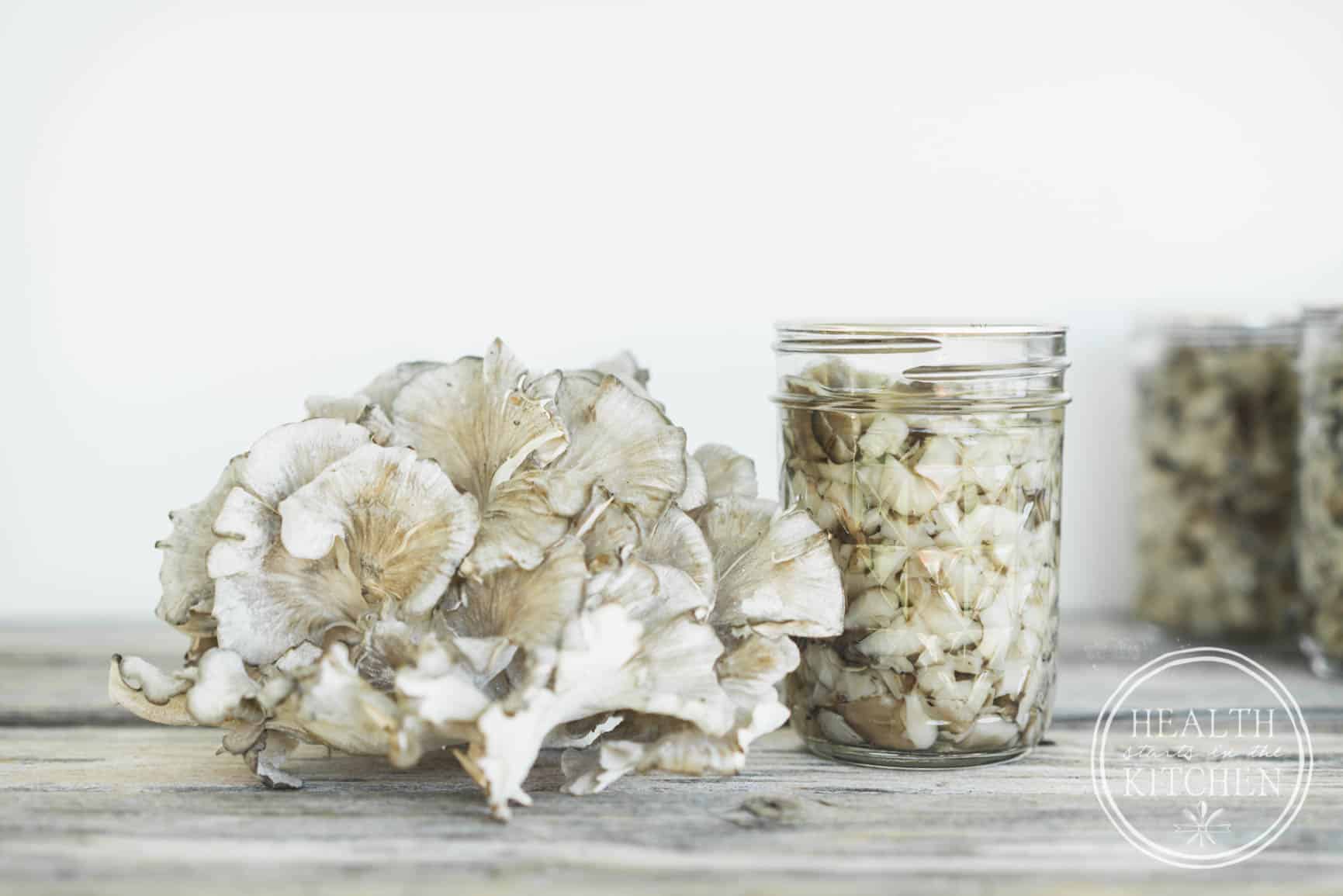Unlocking the Secrets of Perfectly Cooked Pasta: Tips and Techniques
Pasta, in all its glorious shapes and sizes, is a universal language of culinary delight that transcends borders. A cornerstone of Italian cuisine, it carries with it a reputation of comforting simplicity.

Photo by sorin popa on Unsplash
Yet, crafting the perfect pasta dish is an artful balance of technique, timing, and tradition. The process of cooking pasta, though seemingly straightforward, brims with nuances waiting to be explored.
The way the pasta interacts with water, the transformation it undergoes from hard to al dente, and its final union with the sauce—each step is a verse in the symphony of creating a sublime pasta dish.
This journey ventures beyond the realm of recipes, delving into the heart of techniques and tips that have been perfected over generations. As we unlock these secrets, we open ourselves to the pleasure of not just savoring perfectly cooked pasta, but also the joy of creating it.
The Art of Cooking Pasta: An Italian Legacy
Pasta is not just a staple food; it’s a cultural symbol and an art form. Originating from Italy, pasta dishes have been enjoyed by families across generations, from a humble plate of spaghetti to a heart-warming bowl of carbonara.
The secret to their appeal lies in perfectly cooked pasta. Mastering the pasta cooking technique is similar to becoming fluent in Italian culinary language.
A perfect match with making Italian pasta is definitely ‘Italian Slang Quiz‘. Have fun in the kitchen with your friends while preparing fresh pasta and cooking sauces. We all know that the party’s always in the kitchen, where the wine, the food, the people and – the fun is. Adding a quiz to that is only one more bonus.
Selecting the Right Pasta for Your Dish
The first step in creating a memorable pasta dish is choosing the right pasta shape. Each shape has unique characteristics that allow it to interact with sauces differently.
For instance, long and thin pasta types, like spaghetti, effortlessly intertwine with light, oil-based sauces, ensuring each strand is coated evenly. On the other hand, tube-shaped pasta, such as penne, has hollow centers that capture and hold chunky sauces, offering a burst of flavor with every bite.
However, even the perfect shape won’t matter if the quality is compromised. Always opt for high-quality dry pasta made with 100% durum wheat semolina, or if available, fresh pasta. The superiority in texture and taste that quality pasta brings can elevate your dish to a whole new level.
The Technique: Steps for Cooking Pasta Perfectly
Beyond selection lies the real test – cooking the pasta. The process may seem elementary, but it’s here that the true artistry lies.
It’s a delicate dance of timing, temperature, and tact. Whether you’re an experienced cook or a novice in the kitchen, adhering to these steps can lead you to flawlessly cooked pasta.
Boiling Pasta – Dos and Don’ts
Pasta boiling is not a process to be rushed or ignored. The following dos and don’ts can guide you through the process:
- Do salt the water generously. The pasta absorbs the water as it cooks, and a good amount of salt ensures the pasta is flavorful from within. Ideally, the water should taste as salty as the sea.
- Don’t add oil to the boiling water. Contrary to popular belief, oil makes the pasta slippery, preventing the sauce from adhering to it properly.
- Do stir your pasta immediately after adding it to the boiling water. This prevents the pasta from sticking together and ensures even cooking.
- Don’t forget the golden rule of pasta cooking – al dente. Meaning ‘to the tooth’ in Italian, al dente pasta is cooked so that it is still firm when bitten. Regularly test your pasta after the initial few minutes of boiling to achieve this perfect texture.
Beyond Boiling: Enhancing the Pasta Experience
The voyage to the perfect pasta dish doesn’t stop at boiling. It’s about harmonizing the pasta and sauce and realizing that the pasta’s cooking journey continues even after it’s removed from the boiling water. This understanding is key to enhancing the overall pasta eating experience..
Pairing Pasta with Sauce
Once your pasta is perfectly boiled, it’s time to introduce it to its soulmate: the sauce. The union of pasta and sauce should be harmonious, with each component enhancing the other’s flavor. This is where the real magic happens, turning simple ingredients into a gastronomical experience.
One of the secrets to a well-combined pasta dish is saving some of the pasta cooking water before draining your pasta. This starchy, salty water is a magical ingredient that can adjust the sauce’s consistency and help it better adhere to your pasta. If you have ever seen any famous chef preparing pasta, you will see they are all doing this.
If the sauce is too thick, add a spoonful of this saved water to thin it out. It won’t dilute the sauce’s flavor; instead, it’ll help create a smoother, more cohesive dish.
Another crucial tip is to refrain from rinsing your pasta after draining, unless you’re preparing a cold pasta salad. It’s a common misconception that pasta should be rinsed after cooking.
This is counterproductive as rinsing washes away the starch that plays a vital role in making the sauce stick to the pasta. Starchy pasta helps the sauce cling to each piece, ensuring every bite is packed with flavor.
The final step to perfect pasta-sauce pairing is to combine them over heat. Don’t just pour the sauce over the pasta; instead, add the drained pasta back into the pan with your sauce and heat them together for a few minutes.
This allows the pasta to absorb some of the sauce’s flavor, leading to a more unified, deeply flavorful dish. Each strand or piece of pasta gets a chance to soak up the sauce, offering a more intense and satisfying taste in every mouthful.
Through these steps, you’ll be able to create a pasta dish that’s flavorful, well-balanced, and, most importantly, perfectly cooked.
The Joy of Cooking Pasta – A Skill for Everyone
Unlocking the secrets to perfectly cooked pasta doesn’t require an Italian heritage or a professional culinary degree. It’s a skill that anyone can master with practice and a little knowledge about pasta’s quirks and needs.
From selecting the right pasta to understanding the art of boiling and the final touch of pairing with sauce, every step matters. When done right, you’ll have a dish that sings in harmony, where the pasta and sauce become one, bringing delight to the taste buds.
The joy of cooking pasta lies not just in the delicious dish you get at the end, but also in the process itself – the bubbling pot, the steam rising, and the mouthwatering aroma of sauce simmering on the stove. So, roll up your sleeves, test your Italian slang skills, and embrace the art of cooking pasta.






